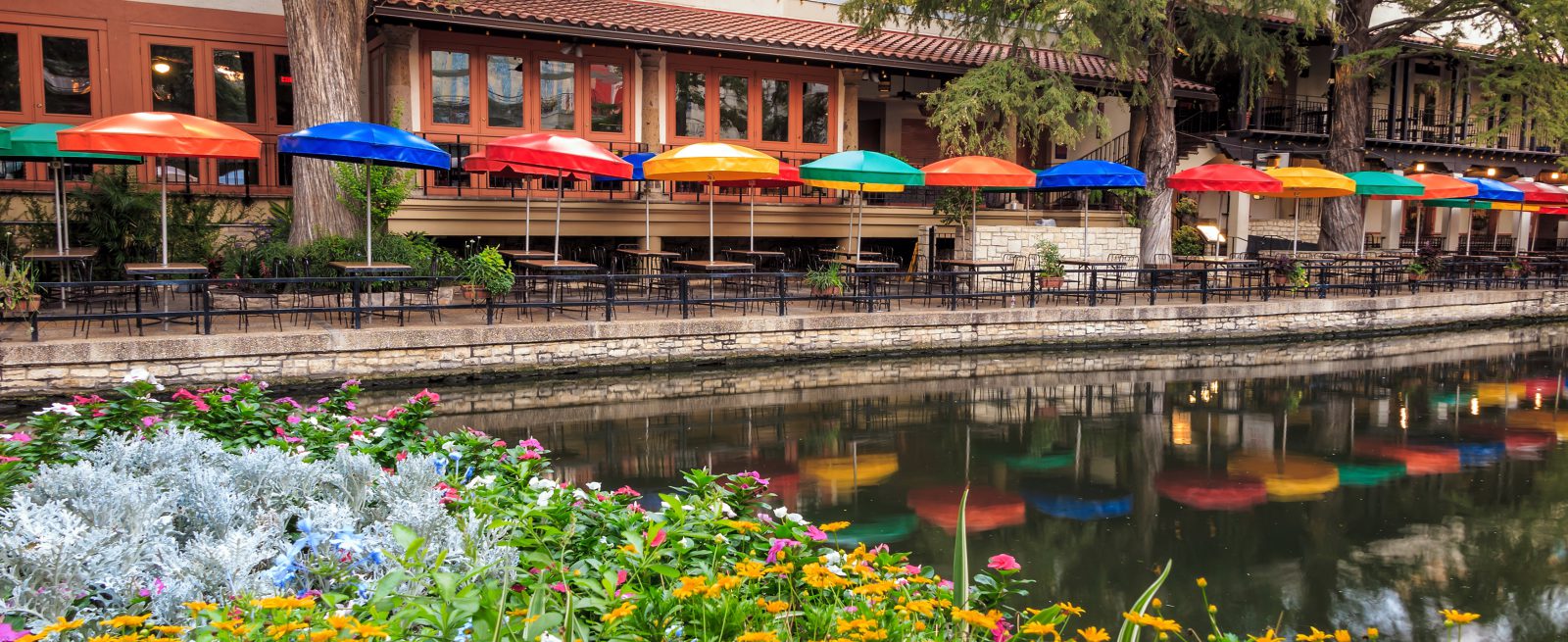Three Site-Selection Tips for Startups, Independents and Franchisees
3 Min Read By Peter Weissbrod
At first glance, selecting a restaurant site might seem simple enough. First, find a well-located shopping center or freestanding building and make sure there are plenty of offices, homes and other traffic-generators in the area. Next, confirm that your competitors in the market are high-volume performers. Finally, enter into negotiations for a lease or sale.
The reality, however, is that homerun sites such as the one described above tend to be few and far between. This is particularly true in today’s food-focused retail environment, in which restaurants are rapidly becoming the new anchor stores and competition for restaurant sites is intense. In this competitive marketplace, site selection is likely to involve some level of compromise and require substantial analysis and due diligence ahead of time. In some cases, you can afford to be patient as you investigate signage, ingress/egress, visibility, parking and other criteria in a bid to find a perfect match. In others (as with the required, multi-store rollout of a master licensee entering a new territory), you might take sites that offer strong growth potential, even if they are not perfect today.
Against this background, here are three tips for those looking to open their first restaurant, add a second location or expand within a franchise system:
Know Exactly Who and What You Are
Whether the concept is a franchise, a startup or an established chain, it is critical to know your brand inside-out. Who are your target customers? What are your peak times? Who are your best co-tenants? If you serve liquor, as is the case with most full-service restaurants, your approach must be rooted in an understanding of customer preferences. For some restaurants, a full bar is appropriate; others need only offer a limited selection of beer and wine. Make an effort to develop a defined business and marketing plan for your concept, and share this with brokers. The more specific you can be, the higher your chances of success.
At the onset, it’s a good idea to meet with local retail brokers to learn as much as you can about the marketplace. Reviewing data analytics via the likes of Google Maps can be a good first step toward gaining a better understanding of your market, site and competition. However, you need to talk to experts in the marketplace and see prospective sites and competitors yourself.
Go Beyond the Data
Certainly, you will want to see demographics, including annual household income, density, daytime population and competition within one to five miles. But it is also important to go beyond the numbers. For some concepts, the corporate office market generates thousands of dollars a week in business—a potential make-it-or-break-it difference for certain types of restaurants. Learn as much as you can about all traffic generators nearby.
Franchisees, in particular, should press franchisors for actionable intelligence about the sites and markets that work best for the chain. The franchisor should provide a list of specifications and criteria for site selection, including a history of the franchise’s highest-volume sites. If, for example, a casual dining chain’s restaurant in Paramus, NJ is generating $4.5 million annually, while the chain’s other New Jersey locations typically bring in $3 million or less, what are the factors that make Paramus different?
Watch Out for Life-Cycle Transitions
As restaurants grow, they invariably enter into new business cycles. The arrival of a major new competitor, for example, can dramatically change a restaurant’s market position overnight. Moreover, even your growth plan can bring with it potential points of vulnerability. If a café concept has never operated outside of Florida or Arizona, hard questions need to be asked about how weather conditions, day-part, traffic or other factors might affect a new location proposed for the Northeast. If a pancake restaurant has always done well serving breakfast and lunch in university downtowns, then its proposed expansion to the suburbs should be carefully scrutinized. The risk might pay off, but typically you want to stay as close as you can to the criteria that made you successful in the first place. If, when looking down your list of key criteria, you find that a new avenue for expansion meets none of your specs, think hard about the move.


